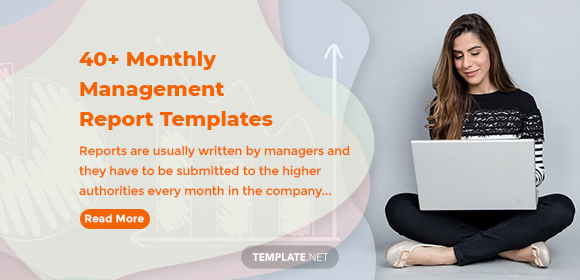
40+ Monthly Management Report Templates in PDF | Google Docs | Excel | Apple Pages
Managers usually write reports, and they have to be submitted every month to the higher authorities of a company. These…
Sep 13, 2023
No matter what kind of report that you have to make, there’s always going to be a standard report format that you’re going to have to follow. The reason as to why there’s always going to be a specific format is because, without it, the whole report will just end up being one jumbled mess. You may also see writing templates.

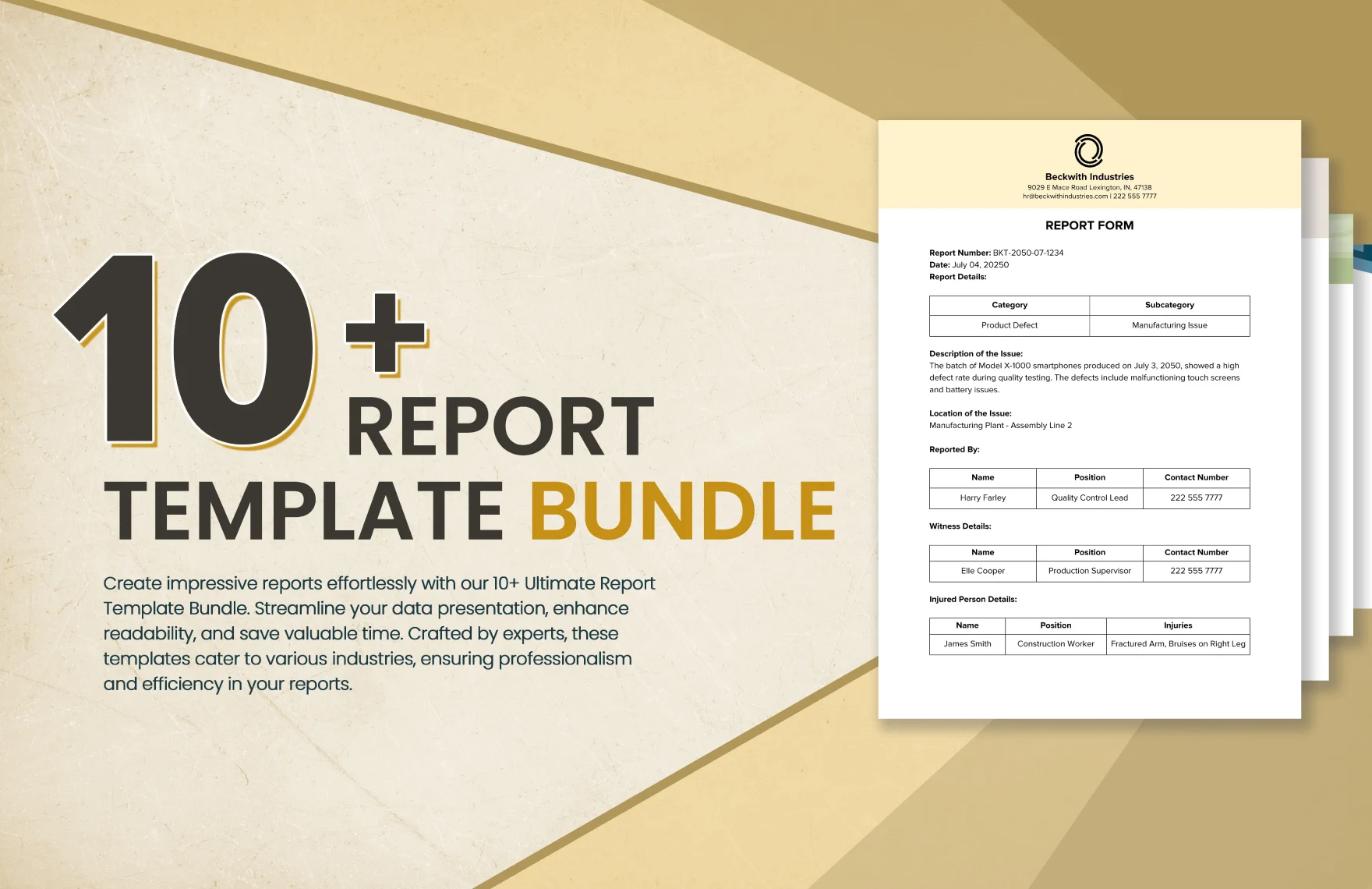
Because imagine a performance report that would start off with the solution to the problem without even explaining the issue that needs to be dealt with. So this article is going to focus on teaching you the general format that every report needs to follow to make a cohesive document that just about anyone can easily take in.
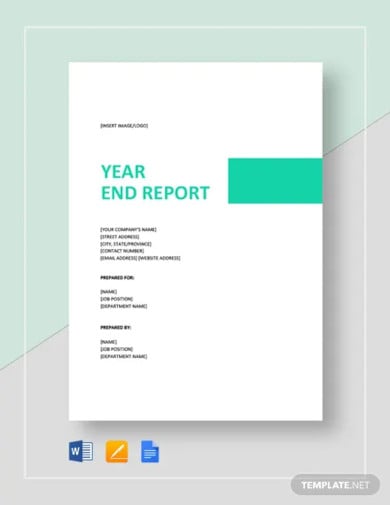
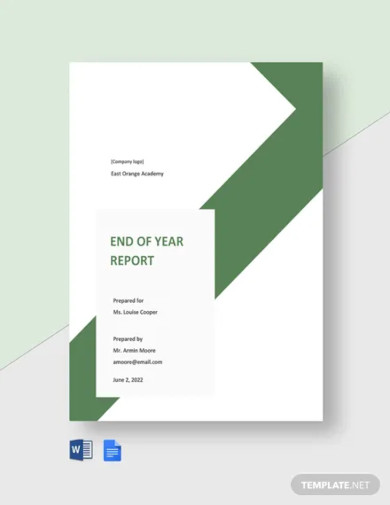
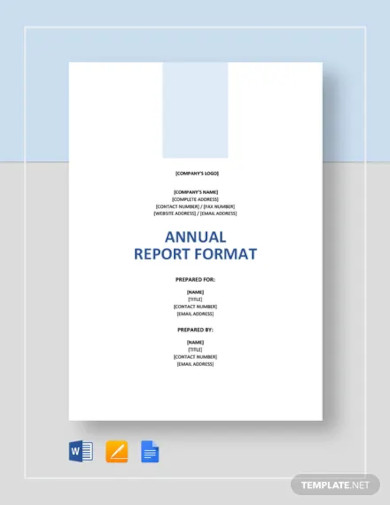
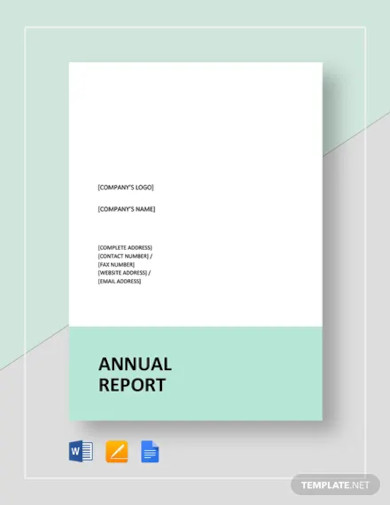
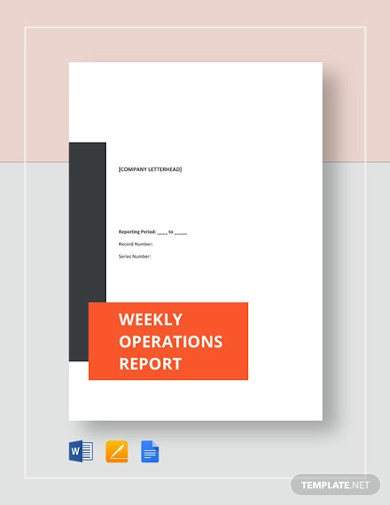
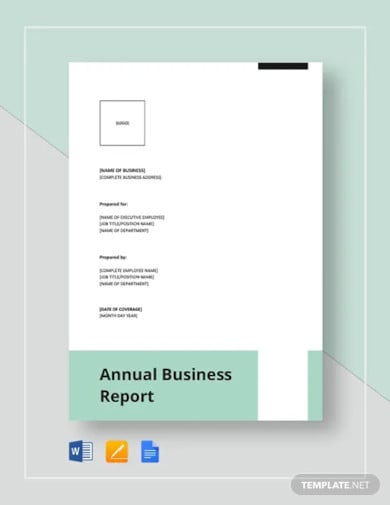
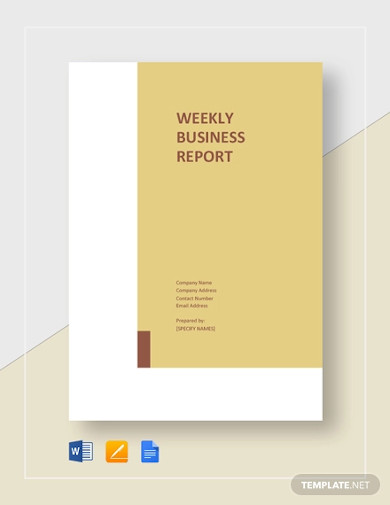
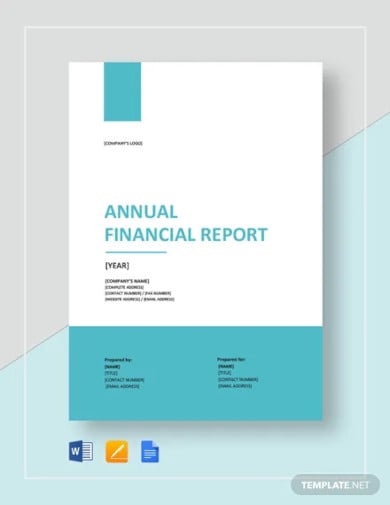
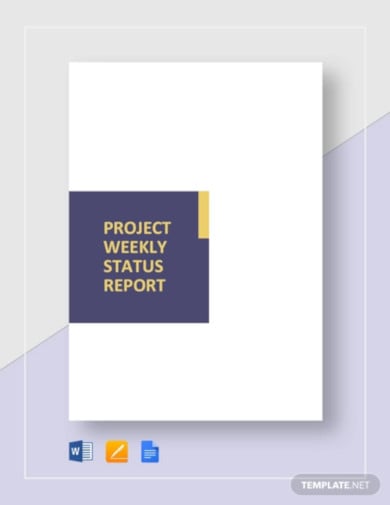
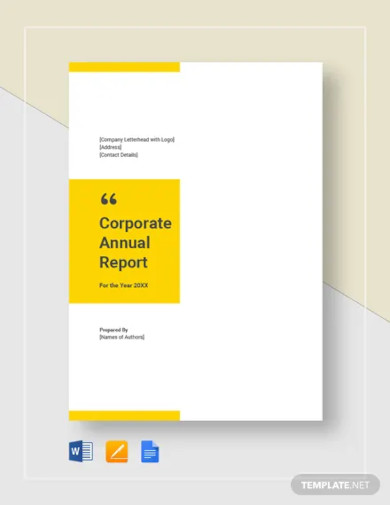
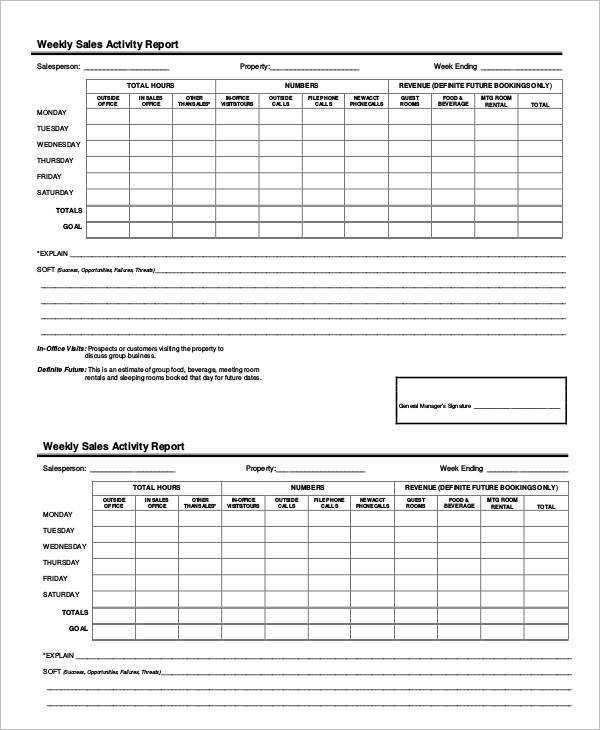
janiewiltshire.com
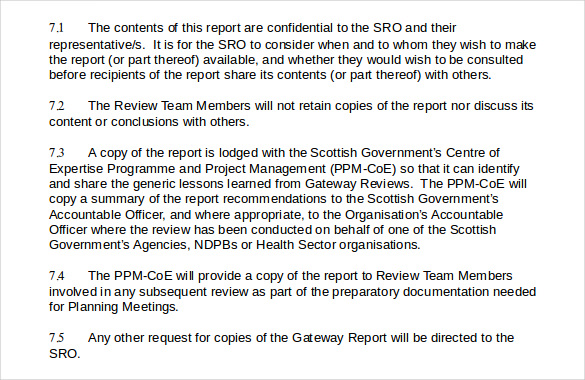
miroslawdabrowski.com
Considering that this is an article that’s going to talk about the standard format for a report document, this would mean that you’re going to have to learn about the main sections that it’s going to need. Those would be the following:
This is where you write down the name of the person that created the report (in this case, you) and the date as to when the report was made. Also, this is the section wherein you place the kind of report that you’re making. So if it’s a school report, event report, performance report or any other kind of report, then just state so clearly within the title.
When you’re creating a report, there has to be a summary of all the major points. That would mean that you’re going to have to summarize everything from the conclusions that you have come with and the recommendations that you’re supplying in your report. It needs to be short yet cover all of the important details as this is basically an outline of your entire report. The reason for this is because there will be those people who may just decide to go through the summary and skim your entire report. In that case, you’ll need to provide all of the relevant information into the summary. It would be wise if you choose to write down the summary last as you’re going to have to include everything in the report in it, even the points that you might just add at the very last minute. You may also see sample writing templates.
The first page of your report is going to need an introduction. This is where you explain the problem or the status of the situation to the reader as well as tell the reader why you made the report in the first place. Remember that your introduction has to be clear as this is where the reader is going to start and he/she will need all of the information and clarity needed in order to properly go through the entire report. You’re going to have to give the definition of terms if you were not able to include this in the title section, and then you’re going to have to explain the details and how you were able to arrange all of them within the report. You may also like performance report templates.
This is the main section of the report and one that will contain the most information. Your body must have several sections, with all of them having each of their own subtitles. The arrangement of the information that you’re going to share should be based on its importance. So if you see that there is a particular piece of information that is much more important than the rest, then it’s best that you place it at the very top of the report so that readers will be able to go through that first. Make sure that you don’t skip out on any relevant information that you would want to share in the body. If you’ve taken down any notes or have any kind of document that’s relevant to the situation, then make good use of them when trying to create the body. You may also see activity report templates.
This is where everything that you have written in the report all comes together. It’s where the reader goes to see how you were able to solve the problem or that status of something that you’re reporting about. A lot of readers might just go straight to this page, so make sure that you’re able to come up with a conclusion that’s easy for people to understand. You may also see IT report templates.
This is what needs to be done or at least suggestions as to what needs to happen. Let’s say that you’re reporting about the sales of your company and the conclusion basically shows that sales have been going under for the past few weeks. This is the section where you have to provide your input as to how the sales of the company should go up. So in plain English, explain all of the recommendations that you have in mind and put them in order based on their priority.
Remember that all of the information that you’re going to put on your report has to be arranged logically with all of the important information coming first.
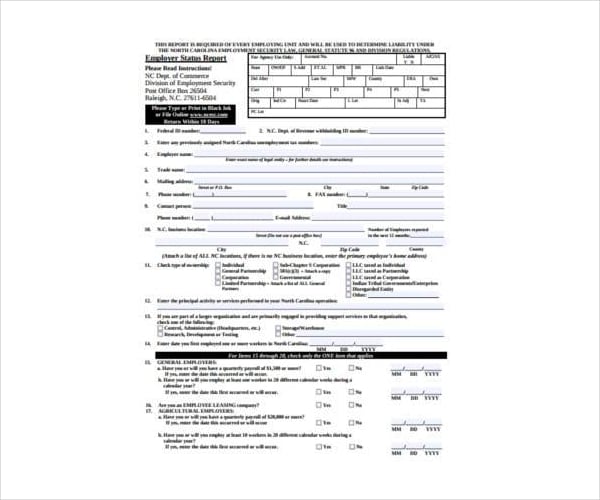
heartlandpaymentsystems.com

If you want to make sure that people are able to see just how high your report is in terms of quality, then it’s best that you follow these tips to help you in creating one that will help you make a well-made report:
1. Use names and pronouns – If you’re going to write about others or yourself, it’s best that you with pronouns (I, he, she, it, etc.). Also, you should learn to avoid any outdated expressions such as “this officer” or “the abovementioned person”. While this may make it seem like your report seems more sophisticated as well as professional, not a lot of employers will look forward to reading those kinds of expressions. So all you have to do on your end is to keep things as simple as possible. You may also see research report templates.
2. Limite yourself to one idea per sentence – Sentences that are straight to the point are short, easy to ride, and it will save everyone the trouble of having to go through really long statements. You’ll appreciate this tip when you have to do a thorough review of your report and find that it’s much easier considering that everything is brief and clear. Also, if you end up creating a sentence that’s too long, then you risk your report having unnecessary information as well as errors. By creating short sentences, there’s a very small chance of your report having errors in both spelling and grammar, making things so much easier on your end. What you should do is limit yourself to having at least only 3 commas per sentence. If the sentence has more than 3 commas, then most likely it’s too complicated to go through and read, and there’s that chance that it may have a ton of punctuation errors. You may also like sample summary reports.
3. Be as clear and specific as possible – If the information that you’re presenting to the reader is too vague, then don’t expect your report to be received well. Always strive for clarity as that’s what your reader is going to look forward to when he/she is going to go through whatever it is that you have to share. Also, remember that your report should be the right length that will tell your reader everything that he/she needs to know, while at the same time not long enough to confuse him/her with whatever you’re trying to say. Find the balance and make sure that you stick with it throughout the entire time you’re writing the report. You may also see employee report templates.
4. Stick to the facts – If your report is going to be based on rumors, guesses, or even hunches, then you should know that all of those things do not belong in it. All you have to do is stick with all the facts that you have been able to gather and place it on the report. So let’s say that you created a witness statement/report where it says “The victim showed anger”. Something like that won’t hold up as evidence, so it’s best that you say something along the lines of “The victim, Jackson, clenched his fist and held back from engaging in the fight”. Remember that you stick to the facts while at the same time making it clear to the reader.
5. Do what you can to use an active voice – A lot of people have made that mistake in thinking that a passive voice guarantees both objectivity and accuracy. Sadly, it doesn’t necessarily do that. Making use of the active voice in a report will make the reader feel like he/she is going through the events in real time, making it much easier for him/her to go through it and understand the sequences of events. You may also see executive report templates.
6. Remember to do a thorough review – And last but not least, you should always remember that errors within a report are a big no-no. This doesn’t mean that errors are limited to just grammar and spelling, this would also include the information that you’re trying to present. So go through your entire report and see if there’s any information that you may think is unnecessary or if there’s any information that you may have forgotten to include. Also, as soon as you spot any grammar or spelling errors, make sure that you’re able to fix them as soon as you spot them. Show the reader that you’re someone that’s competent. You may also see contact report templates.
In the event that you would like to learn more about report formats or anything related to this particular topic (such as how to make use of a report template), then all you have to do is go through our site, find the articles that contain the information that you need, and utilize the information that you have been able to gather to help you out.

Managers usually write reports, and they have to be submitted every month to the higher authorities of a company. These…
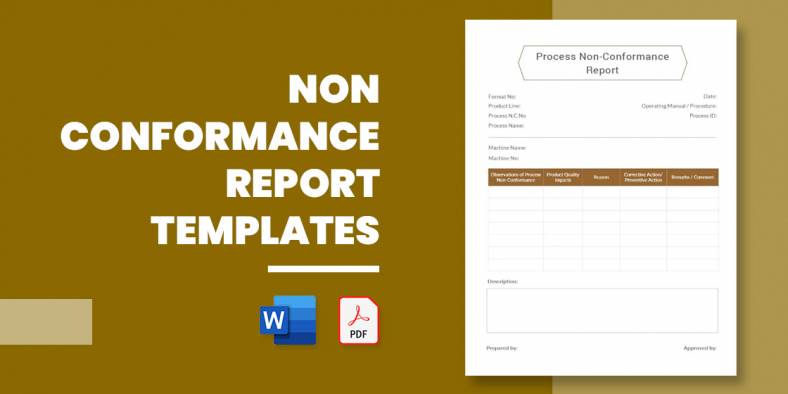
Have you ever tried sending a Report Outline for corrective action to a company about bad food, product, or service?…
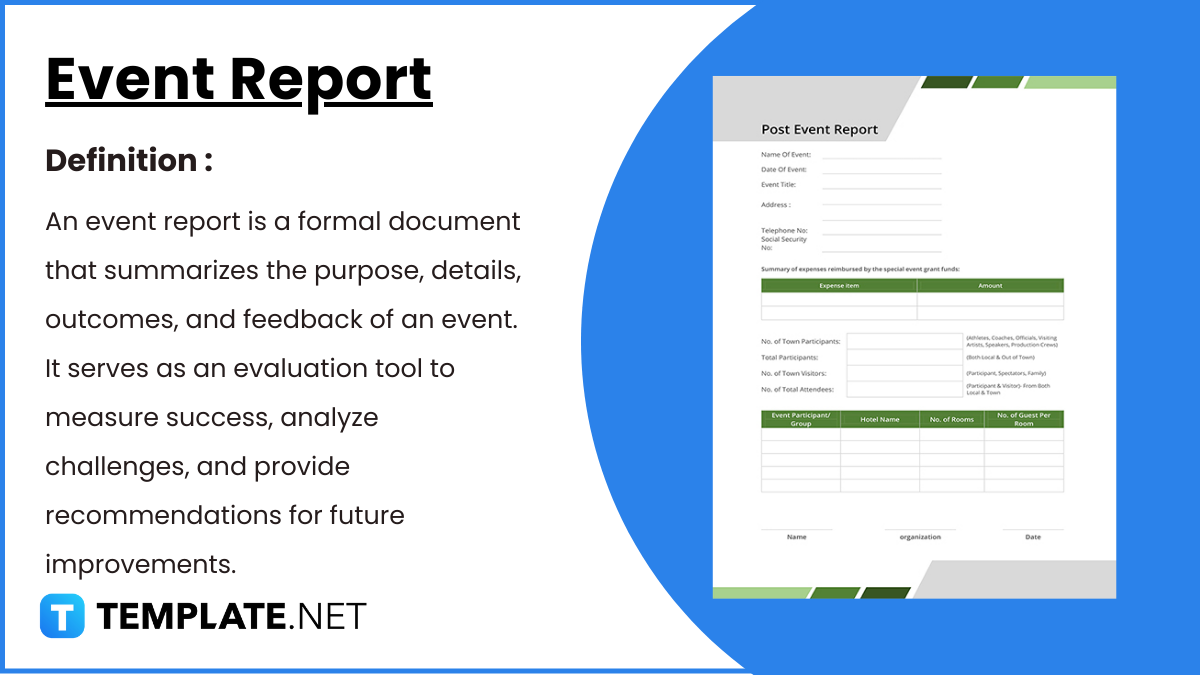
Crafting an event report is an essential step in analyzing the success and impact of any event, whether it’s a…
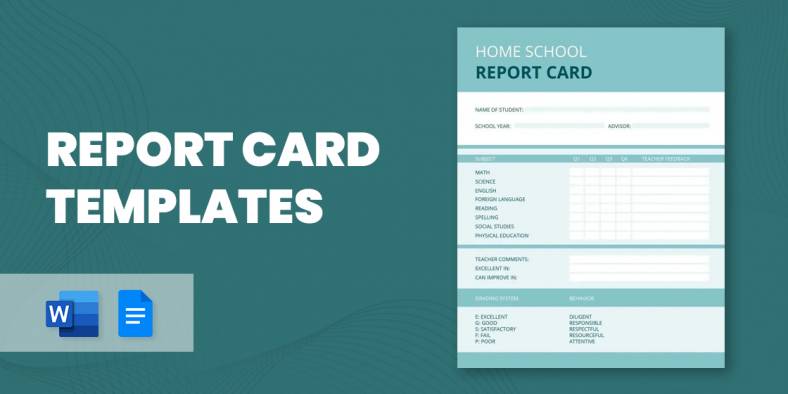
A report card is one of the crucial elements of recording the results of an evaluation of a leaner. Many…
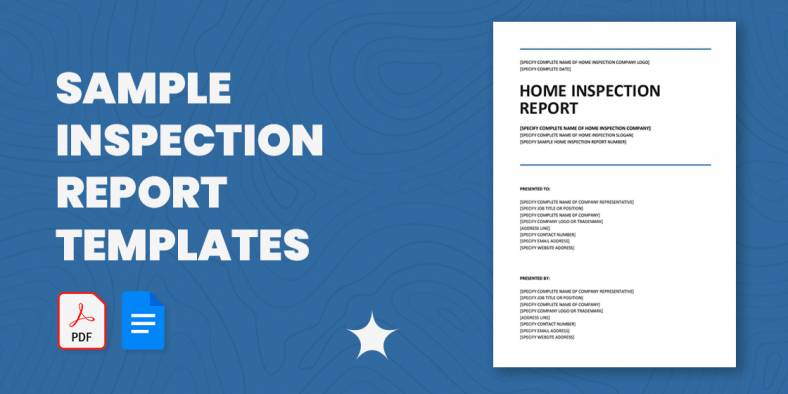
Getting ready with your inspection report? Not satisfied with your report’s format? Don’t you worry? We have here an array…
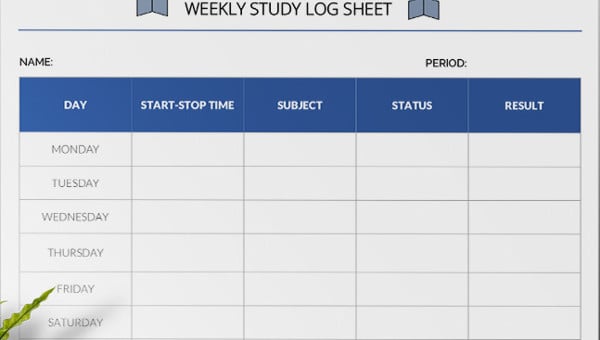
Every organization must be careful while creating a daily or weekly activity report as it is with the help of…
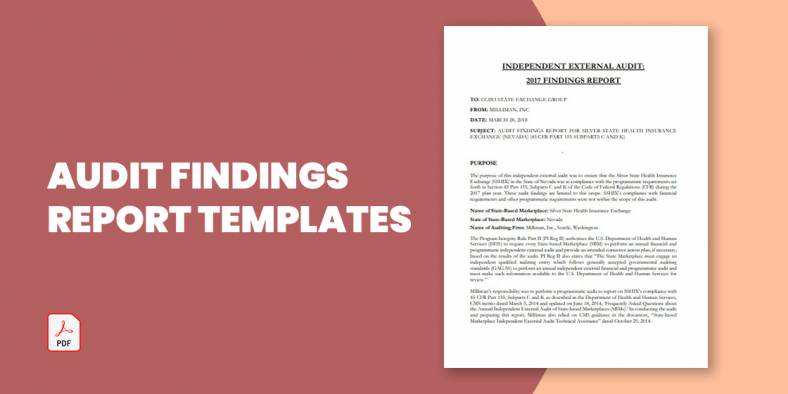
The audit report is the ending result of an audit and can be utilized by the receiver person or organization…

Audit committee reports present a periodic and annual picture of the financial reporting method, the audit process, data on the…

Timely reports are vital for any logistics industry as data is essential to help make decisions. Plus, the industry’s scope…